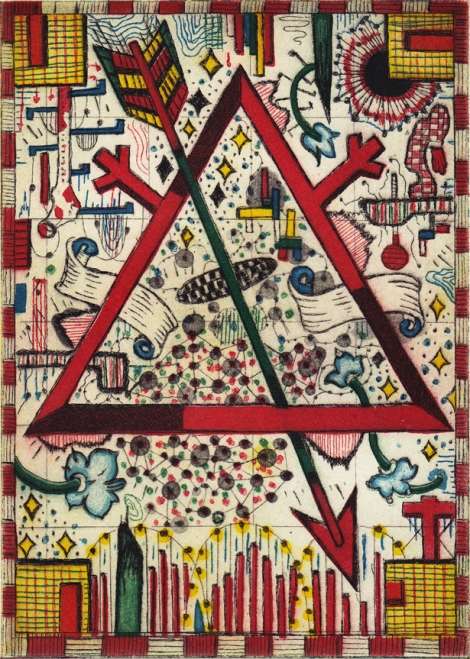 There is a horror implicit in the stick-figure, “Man with a Gun,” from the hobo alphabet. Its triangle with outstretched arms hints at a fleeing figure and encourages the viewer to do the same. Hobos were shot at, shot in earnest, and had a very real and rational fear of firearms. More than one of them admitted it kept them from committing serious crimes.
There is a horror implicit in the stick-figure, “Man with a Gun,” from the hobo alphabet. Its triangle with outstretched arms hints at a fleeing figure and encourages the viewer to do the same. Hobos were shot at, shot in earnest, and had a very real and rational fear of firearms. More than one of them admitted it kept them from committing serious crimes.
One hundred and fifty years ago we were the most well-armed country on the planet. We still are. Firearms were part of our contract with the idea of freedom and sadly, they still are. If one defies the government in any meaningful way, eventually they send men with guns.
If we are honest with ourselves, we know that we’d not have a Republic without guns. As much as I hate your hardcore gun nuts (you know the ones–the psychotics who need to own five automatic weapons for “home defense”), I have to agree with them about the preservation of the Second Amendment. Some years ago, our own Mayor Daley defied the Constitution and banned the ownership of handguns in the city of Chicago. Like every well-meaning big city mayor plagued by gun violence, he tried to apply the baby-sized band-aid to the gaping wound.
The Latin Kings still had guns.
The Gangster Disciples still had guns.
The 2-6 nation still had guns.
And you can bet your monkey-ass I still had one. Far be it from me to be the only unarmed fucker in the room. There is no percentage in bringing a knife to a gunfight. What Daley did was to make the average citizen less safe. The idea was that the police would protect us.
Yeah.
Fuck, the police are the ones I’m afraid of in this city. And the politicians who tell me who should be strapped and who shouldn’t.
Every dictator, tyrant, despot and opressor throughout human history has disarmed the populace as a first step toward bankrupting those cultures of their inherent freedoms. Dissent becomes non-existent.
I, too, was horrified when that asshole bought a loaded gun to our president’s speech a couple of years ago. It sent a message the responsible firearms owners should have been appalled by. I don’t hold with the crowd that wants a “concealed-carry” proviso in the law. I do believe one should have the right to own a firearm for his home or, in some cases, his automobile.
The most responsible gun-owners are people who have a healthy revulsion for just what it is that guns do.
As long as there are humans, there will be gun violence and the toothpaste is out of the tube. The best one can do in a society this well-armed is to protect oneself. I would like to be able to do it with kind words. I would like to do it with witty repartee. I would like to be able to do it with logic. But I can’t and neither can you. When the asshole breaks onto your home? Introduce him to Jesus. The word gets around the asshole community pretty quick: Break into my home. . .get dead fast. When kindness fails, a nine millimeter holds 16 rounds of persuasion.
If this seems like a less-than-nuanced argument, look around. The economy is in the shitter. There is less opportunity and more hunger and desperation. In Chicago’s tony Lincoln Park, there were jump-out crews working out of a van, robbing couples (and for good measure) beating the fuck out of them with bats. Three years ago, this didn’t happen. . .and now it does.
Liberals cream their jeans for gun laws. They love the fuckers, even though those laws do not make them one bit safer.
A great percentage of gun violence is an outgrowth of the drug trade; 15-year olds blasting away with firearms they can barely lift. Our ongoing tragedy known as the “War on Drugs” has armed every kid in the city. The “War” is not on drugs. It is on the poor. The more law enforcement dollars, the more profit margin for dealers in drugs. . .and guns. It is a zero-sum gain and a self-fulfilling prophesy of despair. The minute you legalize drugs, the profit goes out of the black market. It seems nobody remembers that we never heard the term, “bootlegger” again after the end of Prohibition.
This is what worries me about the government and the question of guns: A culture where only the government is allowed to have firearms? This is an invitation to tyranny. Think about everything the G is in charge of now. That is all working out swimmingly, isn’t it?
As much as I hate to side with the gun nuts–and they are nuts–part of why to have a gun is to protect you from THEM. I have to admit the deluded, deficient yo-yos happen to be right. But I also have a sign. It’s on the door. It says, “Don’t Worry About The Dog. Beware of Me, Mother-fucker.”
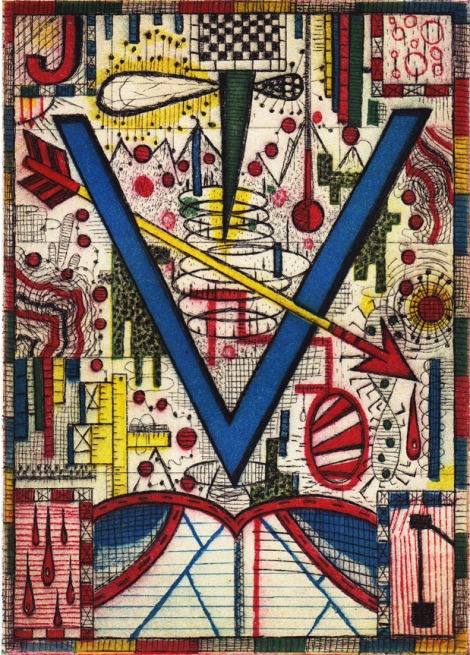
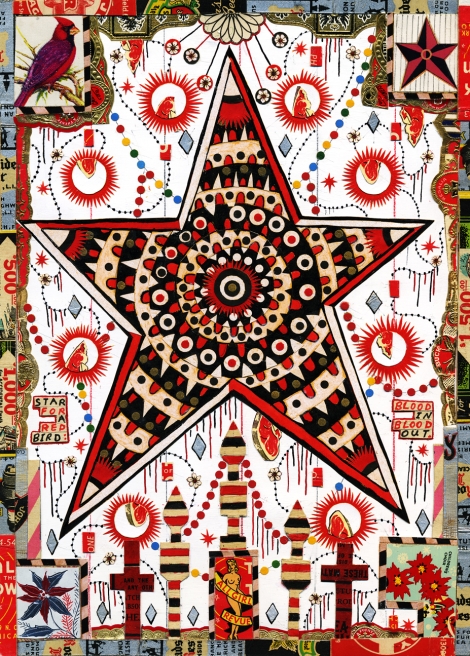
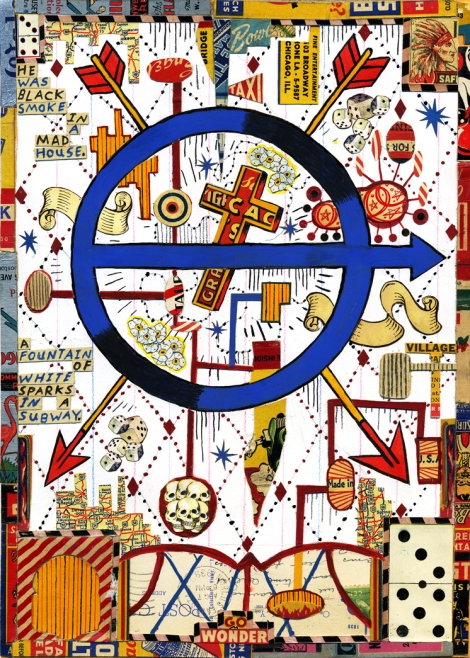
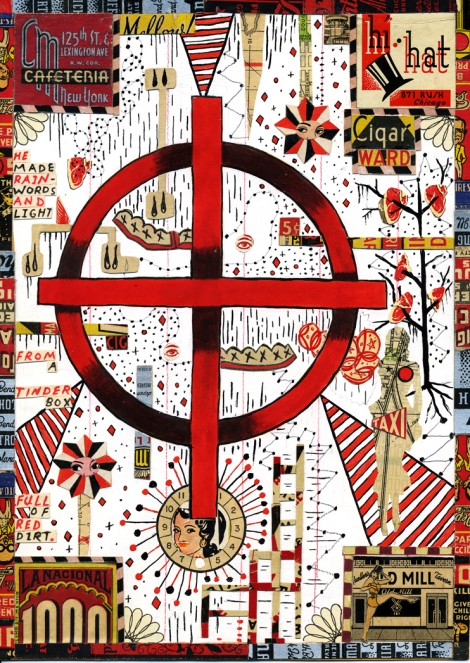
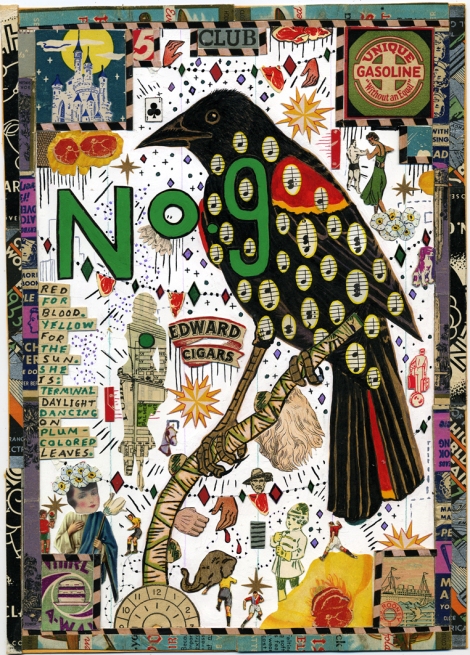

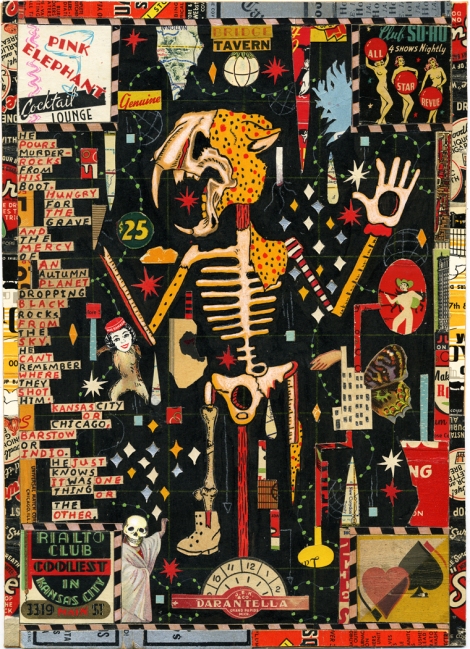
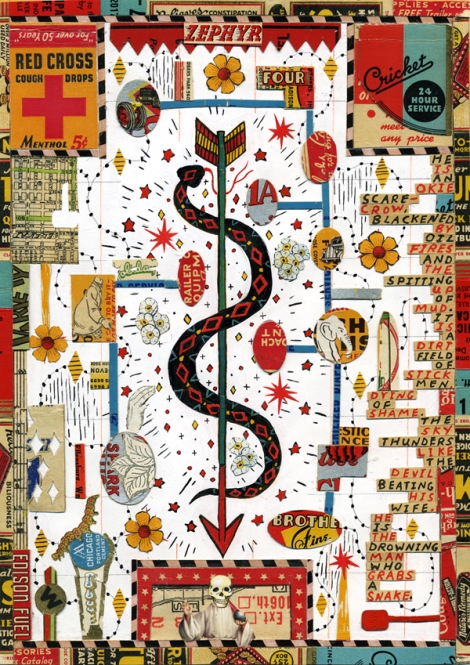
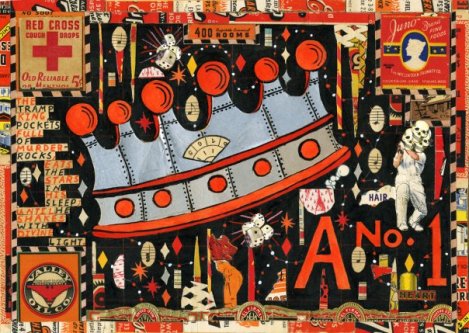
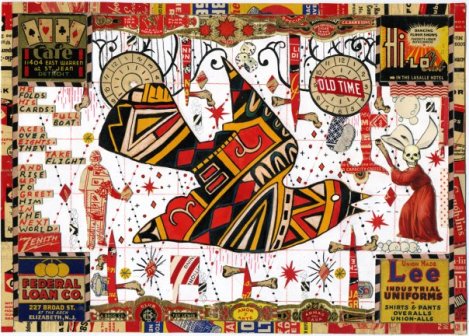 In
In 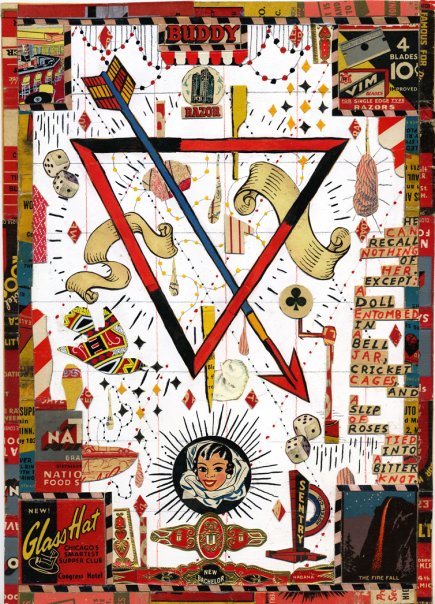
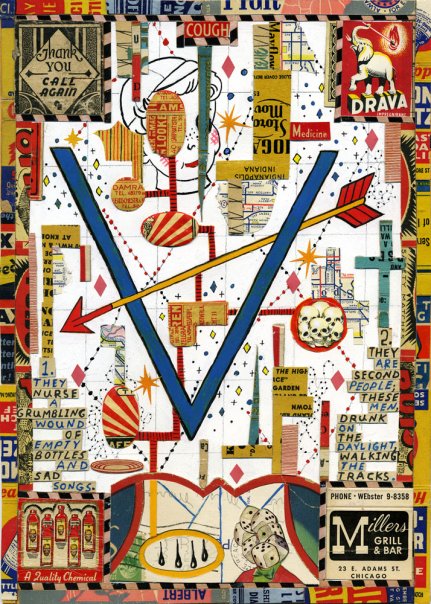
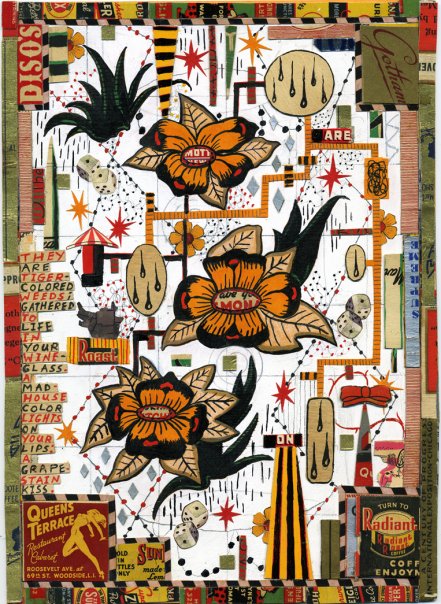
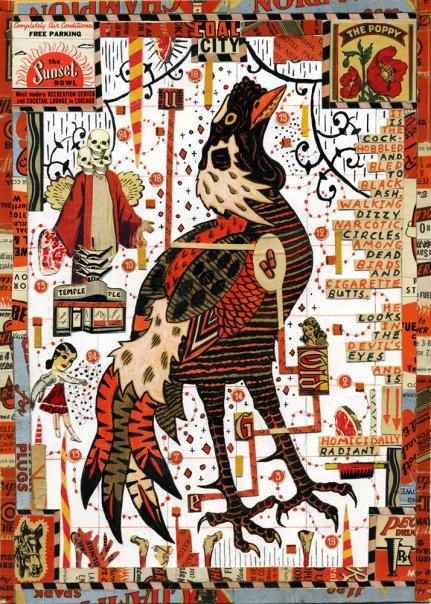


You must be logged in to post a comment.